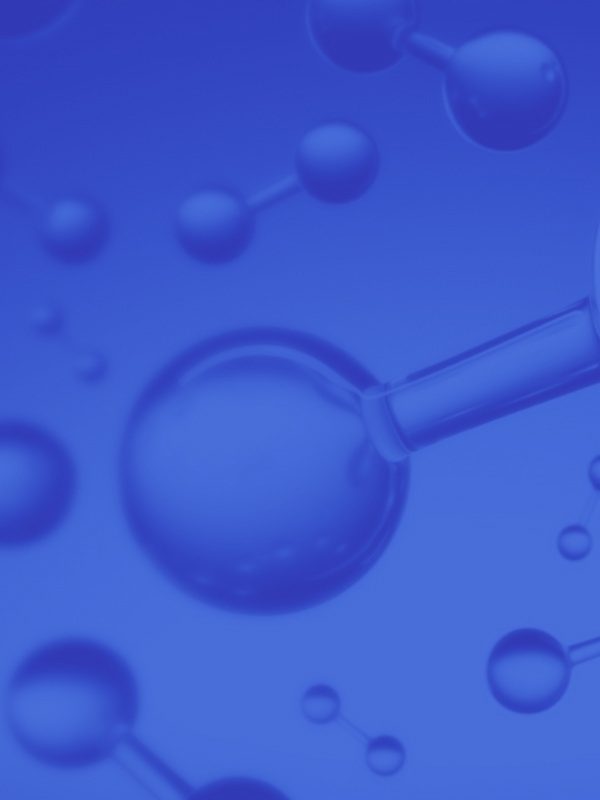THE NATURAL ENERGY
OF HYDROGEN

THE HYDROGEN
Hydrogen exists abundantly on our planet; however, it never appears in isolation in nature, and therefore needs to be produced in order to be consumed. Depending on its source and the process used for its extraction, it is given different designations according to the greenhouse gas emissions during its production process.
Portugal has enormous advantages for the production of green hydrogen compared to the other countries of the European Union.
Its high exposure to renewable energies, particularly sun, wind and water, offers enormous competitive advantages on the path of energy transition. Adding these endogenous resources from our country to an infrastructure practically prepared to receive hydrogen in its network, the decarbonisation of the gas sector via hydrogen will also contribute to energy self-sufficiency, economic development and environmental preservation..
HYDROGEN TYPES
There are three hydrogen designations, depending on the production method and the resulting emissions. The classification of the different types of hydrogen is done by colour: green is the cleanest, blue is moderately polluting and grey is the most polluting.
GREEN HYDROGEN
Also called “renewable hydrogen”, this type of hydrogen is obtained through the process of electrolysis, during which electricity of renewable origin is used to separate the water molecules into hydrogen and oxygen. As a result, there are no carbon dioxide (CO2), emissions but rather water vapour emissions, which makes this production method a way of producing renewable energy.
BLUE HYDROGEN
Produced from natural gas, typically via steam reforming (SMR), in a process where the carbon produced is captured and stored or reused.
GREY HYDROGEN
Designation given when CO2 is released into the atmosphere after production via SMR, making the process inefficient and environmentally unsustainable.
ADVANTAGES OF
HYDROGEN
Green hydrogen offers several advantages for consumers as it is a renewable energy that will have a direct impact on the decarbonisation of the gas sector and on meeting government and European targets.
- When burned, the only by-product is water;
- When renewable energies are used, their production process does not release polluting emissions;
- It can be applied in various areas such as industry, transport, and residential heating;
- It can be produced locally, reducing countries' energy dependency;
- It can be incorporated into existing gas distribution and transmission networks;
- It offers the possibility of decarbonising energy-intensive industries;
- Hybrid systems increase the efficiency of the energy system, helping gas generate savings for consumers;

APPLICATIONS AND SAFETY
Green hydrogen is an energy carrier and can therefore be used in all sectors. Already in used in some areas today, it is taking its first steps in the residential, service and industrial sectors. In the residential and non-residential sector, it may be used for cooking and heating. It is also the ideal solution for industries with very high thermal needs and for which electricity is not the answer today. In the area of mobility, it can be used as a fuel, principally for heavy-duty passenger and freight transport.
The use of hydrogen as renewable energy is perfectly safe. Its use in domestic applications, whether as a mixture with natural gas or in the future in pure form, does not present an increased safety risk compared to natural gas if the safety standards are followed. It is a non-toxic, odourless and colourless gas, and therefore, when introduced into the gas network, mercaptan is added, which gives it the same smell as natural gas, allowing easy identification of leaks.
To supply the same amount of energy, the consumption of H2 will be approximately 3 times higher than that of NG in volume; however, there will be no change in energy consumption.
Because it is a carbon-free fuel, it carries no risk of a higher production of carbon monoxide, even when consumed in a mixture with natural gas.
